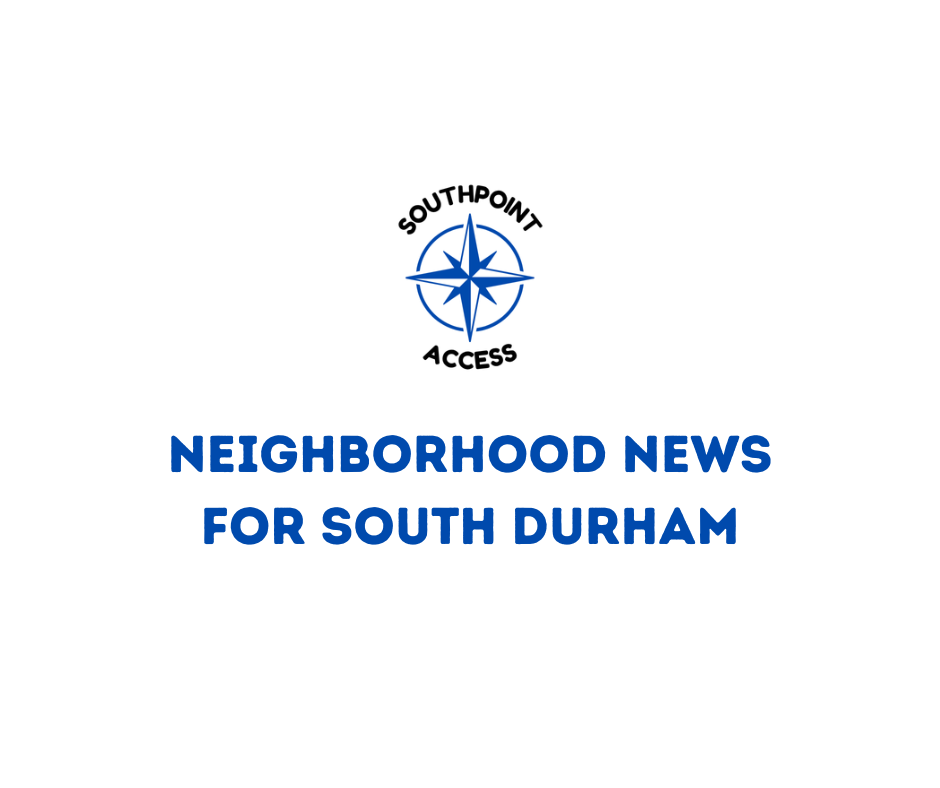Low Housing Inventory Provides Challenge in South Durham Market

Homeownership first got its own federally recognized week back in 1995, under then-President Bill Clinton. In 2002, President George W. Bush expanded that to the full month of June. The observance came about to boost interest among Americans to purchase homes, particularly in rural areas.
Clinton kicked it all off in 1995 with remarks about how he bought a 1,100-square-foot house for $20,500.
“Those prices aren’t very much available anymore, but the objective for young people, with their futures before them and their dreams fresh in their minds, starting out their families, to be able to own their home and to start a family in that way, that’s a worthy objective,” Clinton said. “Just as worthy today and, I would argue to you, more important today than it was 20 years ago.”
The real estate landscape in Durham is much different than that now, of course.
Southpoint Access asked local real-estate broker Holly Hayes of Nest Realty to offer some insights into the current state of the market in South Durham.

During the past year, she said, “not much has changed in our corner of the Bull City.” Low inventory remains a challenge for buyers looking to own in this area. Sales for homes priced up to $500,000 are down 25% and those priced more than $500,000 are down 17%, she said.
“It’s not an easy decision for homeowners who purchased before 2023 to leave their sub-3% interest rate,” Hayes said.
The Federal Reserve Board hasn’t behaved as predicted in 2024, Hayes said, but rates are down compared to this time last year. As of June 21:
- 30-year fixed rate: 6.5%.
- 15-year fixed rate: 6.25%.
Which South Durham neighborhoods are most appealing to house hunters active in the market (especially families with children)? According to Hayes:
- Woodcroft.
- Hope Valley Farms.
- Fairfield.
- Chamberlynne.
- Chancellors Ridge.
- Marydell.
Buyers can expect closing costs in the range of 2-2.5% of the loan amount, plus lender fees, appraisals, credit and flood certification, attorney fees, title insurance, recording, taxes, and homeowner’s insurance.
These costs are “not hidden,” Hayes said, “but I usually tell people to expect $1,000 for things like the home inspection and property survey in fees that aren’t included in the lender’s estimate.”
She cautioned buyers to check out unusually low rates, which could signify that a property includes discount points. “If that’s the case, expect your closing costs to be substantially higher,” she said.
In 2023, a property with a tax value of $500,000 within the city limits of Durham would pay $6,500 in taxes. That came in lower than Chapel Hill ($8,027) and Hillsborough ($7,100), but higher than Cary ($5,010), and Raleigh ($5,450).
This year, both the Durham City Council and the Board of County Commissioners boosted their property tax rates to fund higher compensation for city employees and classified workers in Durham Public Schools. Click here to calculate your property tax.
So if you’re thinking about checking out options for a new home in the current market, Hayes noted: “Interest rates are out of your hands, but the other factors are all you. Credit score, down payment, and debt-to-income ratio. A score over 670 is good, over 740 is better, over 800 is excellent.”
She recommended keeping credit card balances below 30% of their limit and making on-time payments as “a big part in maintaining a solid credit score.”
Southpoint Access is a free community news website run as a service to our neighbors in South Durham. Please consider supporting us as a subscriber on Patreon or donate to underwrite the cost of covering the news that matters to you in neighborhoods like Woodcroft, Parkwood, Fairfield, and Hope Valley Farms.



![[SoDu Alert] Durham Public Schools Closed Dec. 8 Due to Weather](/content/images/size/w600/2025/12/icyweather128.png)
![[WordroW] Candidate Calling](/content/images/size/w600/2025/12/wordrow1.png)
